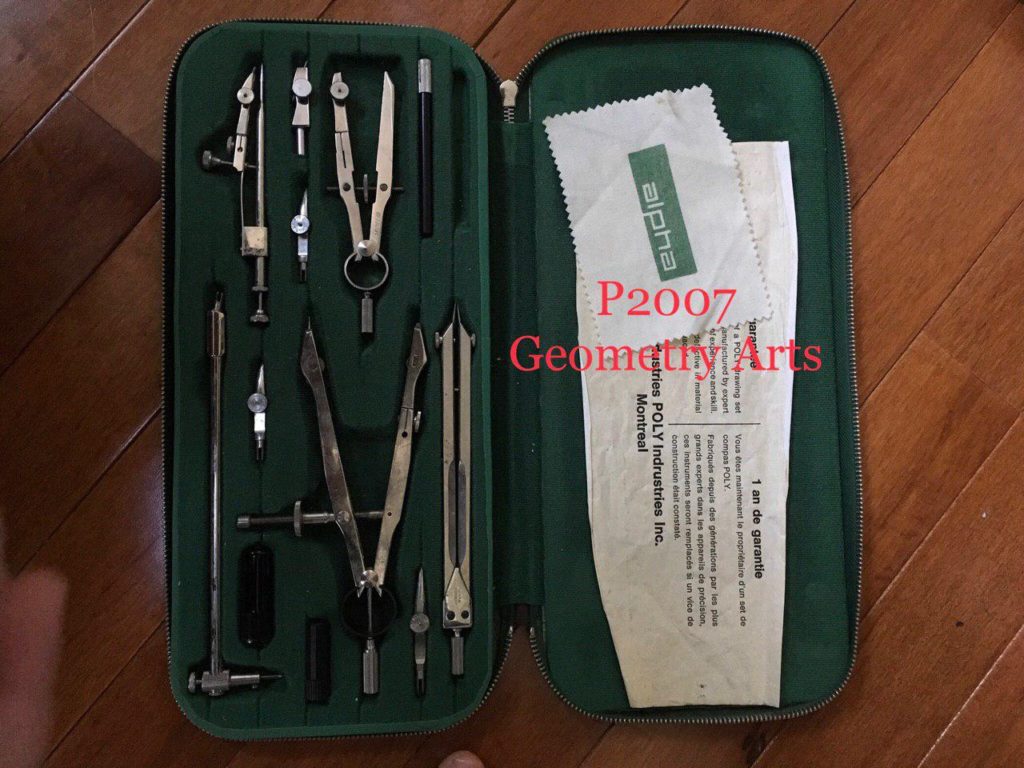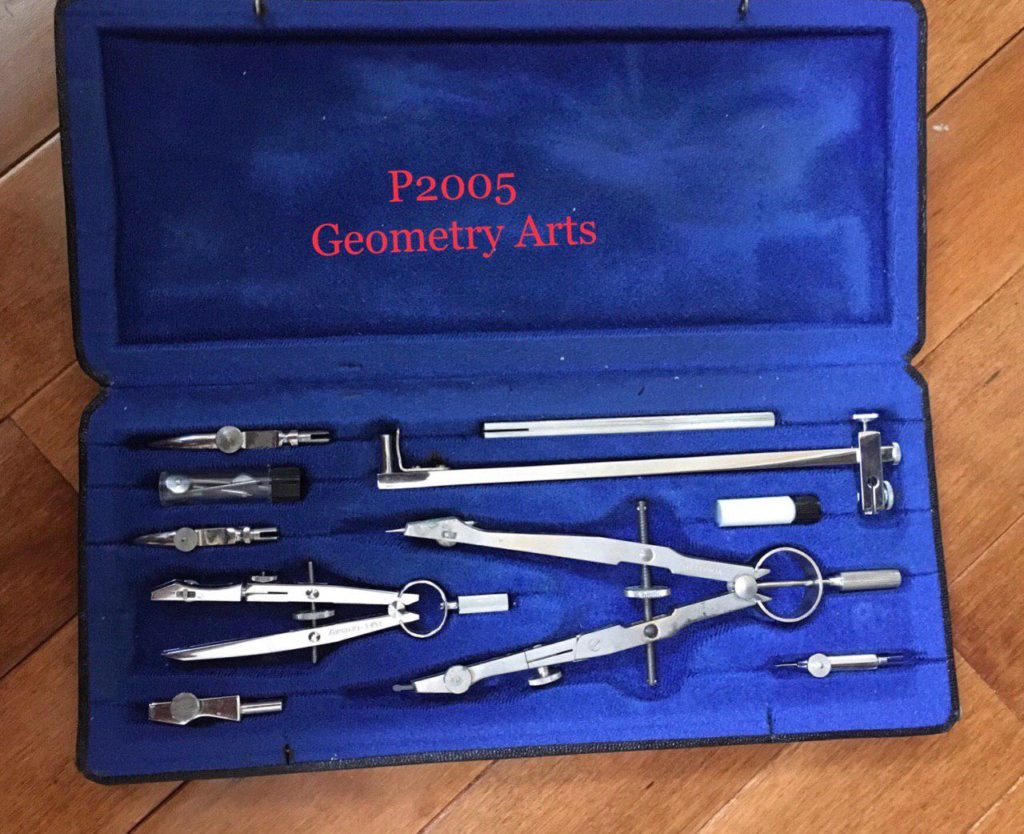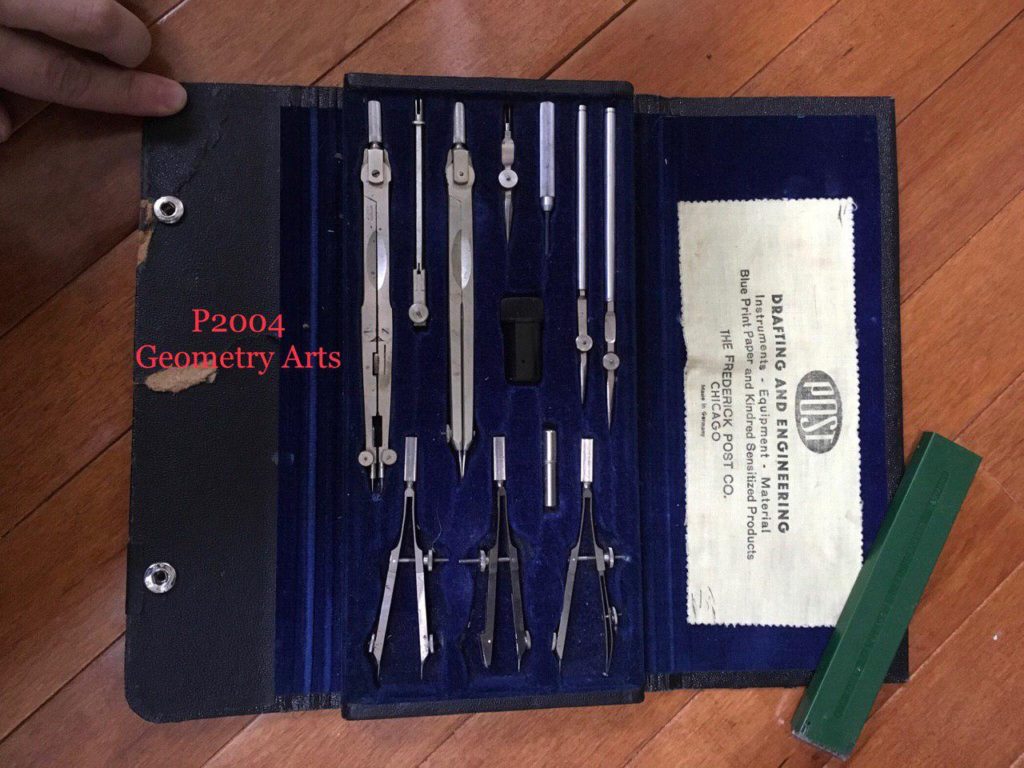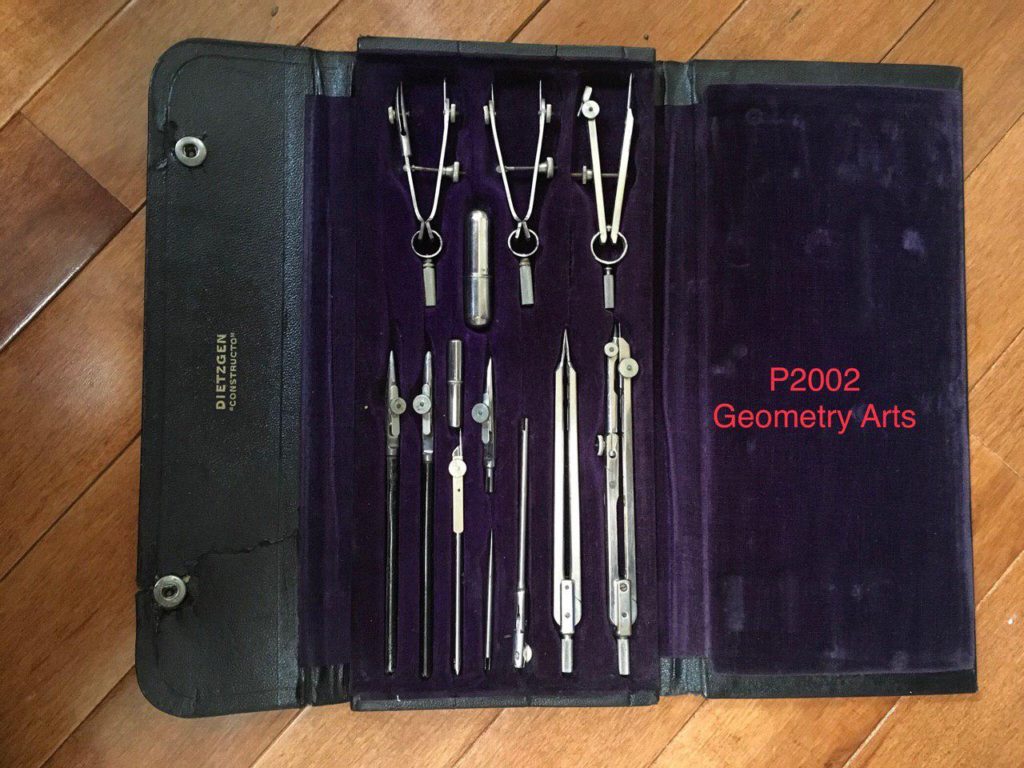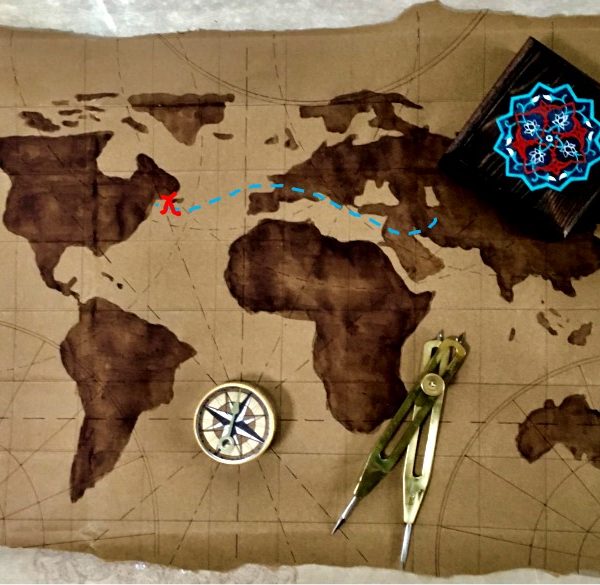When a favorable task is assigned to us, we try our best to deliver the most possible perfect results. With no doubt, achieving quality work is built upon three main factors: skills, dedication, and resources!
No masterpiece is created without obtaining the required skills. Once you gain the skills, you need to dedicate your time and effort into creating and creativity; and it will not succeed without using the right tools.
Traditional Islamic Art is getting more exposure every day. As a result, more people show interest in this ancient art, both as an art lover and an art-maker; therefore, the knowledge and mastery in using traditional tools is a no-brainer. Traditional artists use a variety of tools that are greatly different from one another both in the application and nature. Many artists have tried to introduce the traditional art tools to eager-to-know audiences; however, I have found that detailed practical information for the common traditional art lover audience, is missing.
The lack of detailed information on tools becomes even more noticeable when you get stuck in the middle of creating a piece: the process where something is not working or you can not figure out where the problem is. Even though you have put plenty of time and effort, the ultimate result is not as satisfying as you expected. Now what?
My observations throughout the years of learning and teaching Islamic Traditional Arts, suggests that there is a lack of encyclopedic content in this field. In order to fill this gap, I have tried to organize and put the most detailed and practical information regarding a tool or a method, in a single section where it could be easily reached yet function as a good reference.
In a series of blog posts, I will try to introduce you to some tools, give you tips, share my experiences, and answer your questions to the extent of my knowledge.
